Explore the ScaleUp Annual Review 2022
Select a section to expand and explore this year's review..
CONTENTS

Introduction 2022

Chapter 1 2022
The ScaleUp Business Landscape

Chapter 2 2022
Leading Programmes Breaking Down the Barriers for Scaleups

Chapter 3 2022
The Local Scaleup Ecosystem

Chapter 4 2022
The Policy Landscape

Chapter 5 2022
Looking forward

Annexes 2022

SCALEUP STORIES 2022
Access to Finance
Access to appropriate finance and growth capital continues to be a challenge for scaleups however after peaking during the pandemic in 2020 it maintained at the level seen in 2021 and continues to be the third key priority after access to markets and talent in 2022.
Scaleups remain far more likely than their peers to use external finance with 8 in 10 (82%) using at least one source of capital to fund their ongoing growth. However, despite the broad range of forms of external finance used, half of scaleups do not feel they have the right amount of funding in place for their current growth ambitions.
Furthermore there are increasing concerns among scaleup leaders around the availability of capital, with many more perceiving that majority of funding resides in London and South East. In 2022, 51% of scaleups feel like this is the case ten per cent higher than the levels seen in 2020 and 2021. This perception is significantly stronger in the North of England with 71% of scaleup leaders in the North West, 70% of leaders in the North East and 59% in Yorkshire & Humber with this viewpoint.
EXTERNAL FINANCING USED
Debt products are the most common source of external finance with 52% of scaleups using this type of capital, including 38% using overdrafts, credit cards or loans. 4 in 10 scaleups are also still using the finance support schemes set up in response to the Covid-19 pandemic while 27% have received cash injections from friends and family, or directors; 26% have received finance from government schemes.
Of the scaleups not currently using finance, or who do not feel they have the right amount available to them, the reasons given for this include a perception that they will not be able to secure a deal that meets business needs (e.g. around the size or term of the facility, the cost, or the terms and conditions attached) (31%), a lack of knowledge about the process of applying for funding and who to apply to (27%), and 1 in 4 have also reported that they have not been able to find a suitable investor compatible with the business (24%). Other reasons cited were a lack of collateral (21%), the perceived short-term focus of investors (20%) and a reluctance to give up control of the business (19%).
ATTITUDES ON EQUITY FINANCE VARY CONSIDERABLY ACROSS FIRMS
Of the scaleups using external finance, 4 in 10 are currently using equity or planning to use it in the future. VCs and Angels are key sources of equity provision supplying growth capital to 6 in 10 scaleups with equity investment – highlighting the importance of these asset classes in the escalator of finance to enabling scaleup success.
The most common reasons for not using equity include reluctance to lose control (36%) and a belief that equity finance is not suitable for their needs (29%).
In recent years we have seen signs that the knowledge gap about equity finance is closing. While the number of scaleups who say they do not know anything about equity finance increased marginally to 8% in 2022 from 5% in 2021, this remains significantly lower than 2018 when 17% expressed this lack of knowledge. It is clear that the ongoing finance education activities taking place are cutting through, however we must continue efforts to ensure that this reaches all scaleups who need it.
GOVERNMENT TAX SCHEMES
Recent economic and political developments across the UK have brought the tax system to the fore. From the perspective of our scaleup leaders the range of schemes on offer form a key plank to enable the scaling of their ventures. From R&D Reliefs to Capital Allowances and the Enterprise Investment Schemes (EIS/SEIS) – they have all played key roles in supporting scaleups investment opportunities – 7 in 10 scaleups have used or plan to use at least one of these schemes.
R&D Reliefs are the most popular with almost half of all scaleups making use of it; followed by Capital Allowances used by 1 in 3 and EIS/SEIS used by 1 in 5. Many more scaleups are seeking to use each in the future.
However, scaleups want commitment from Government that they will continue and see scope for the improvement of these schemes, such as expanding the range of things they can claim for, increasing the value of allowances and simplifying the process of making a claim. For those not already using the schemes the key barrier to access are around awareness of their existence alongside the perceived complexity of the system.
With respect to the tax rate, overall 58% of scaleups think that the current UK corporation tax rate is internationally competitive.
CONTENTS

Introduction 2022

Chapter 1 2022
The ScaleUp Business Landscape

Chapter 2 2022
Leading Programmes Breaking Down the Barriers for Scaleups

Chapter 3 2022
The Local Scaleup Ecosystem

Chapter 4 2022
The Policy Landscape

Chapter 5 2022
Looking forward

Annexes 2022

SCALEUP STORIES 2022


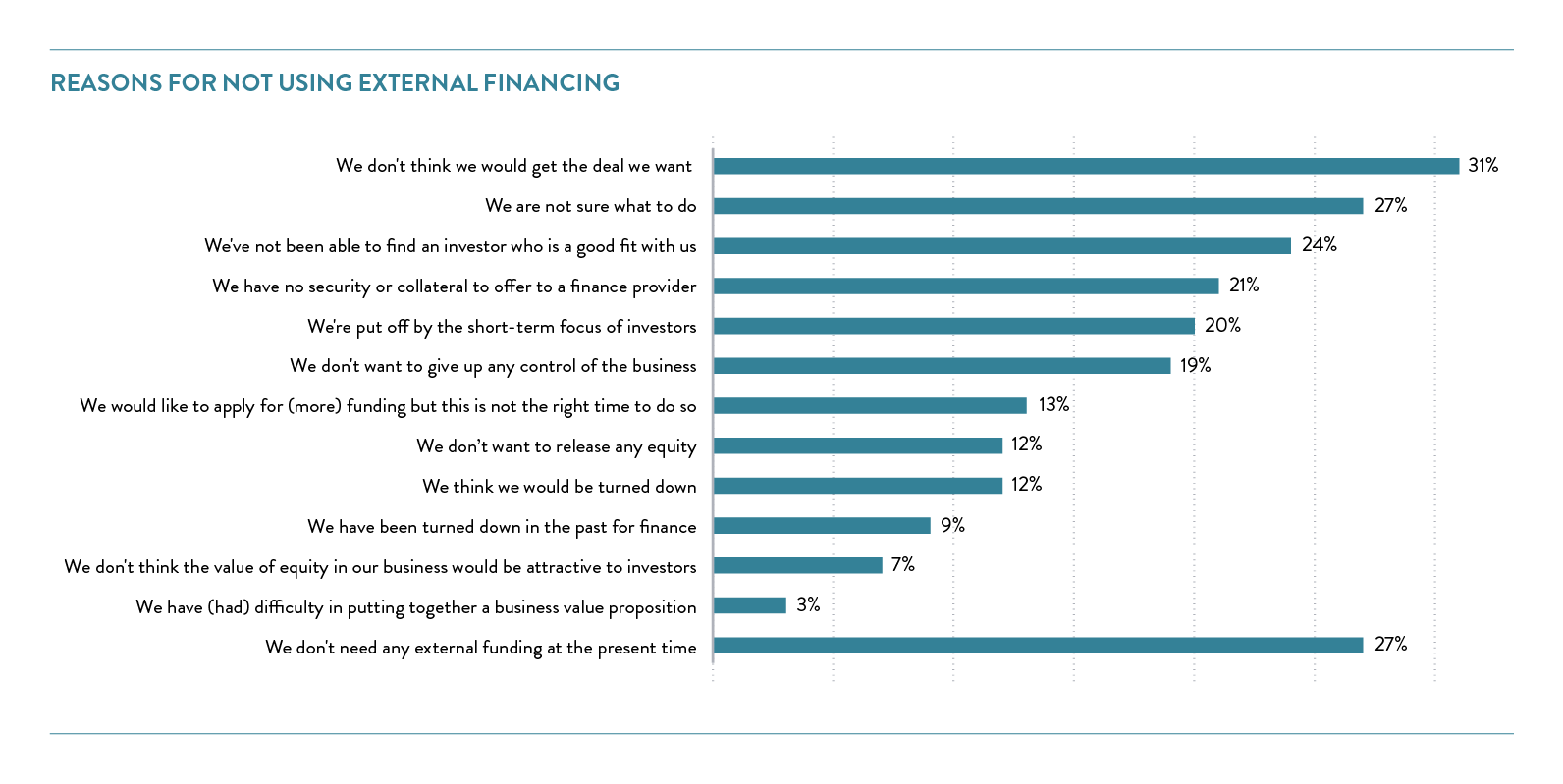
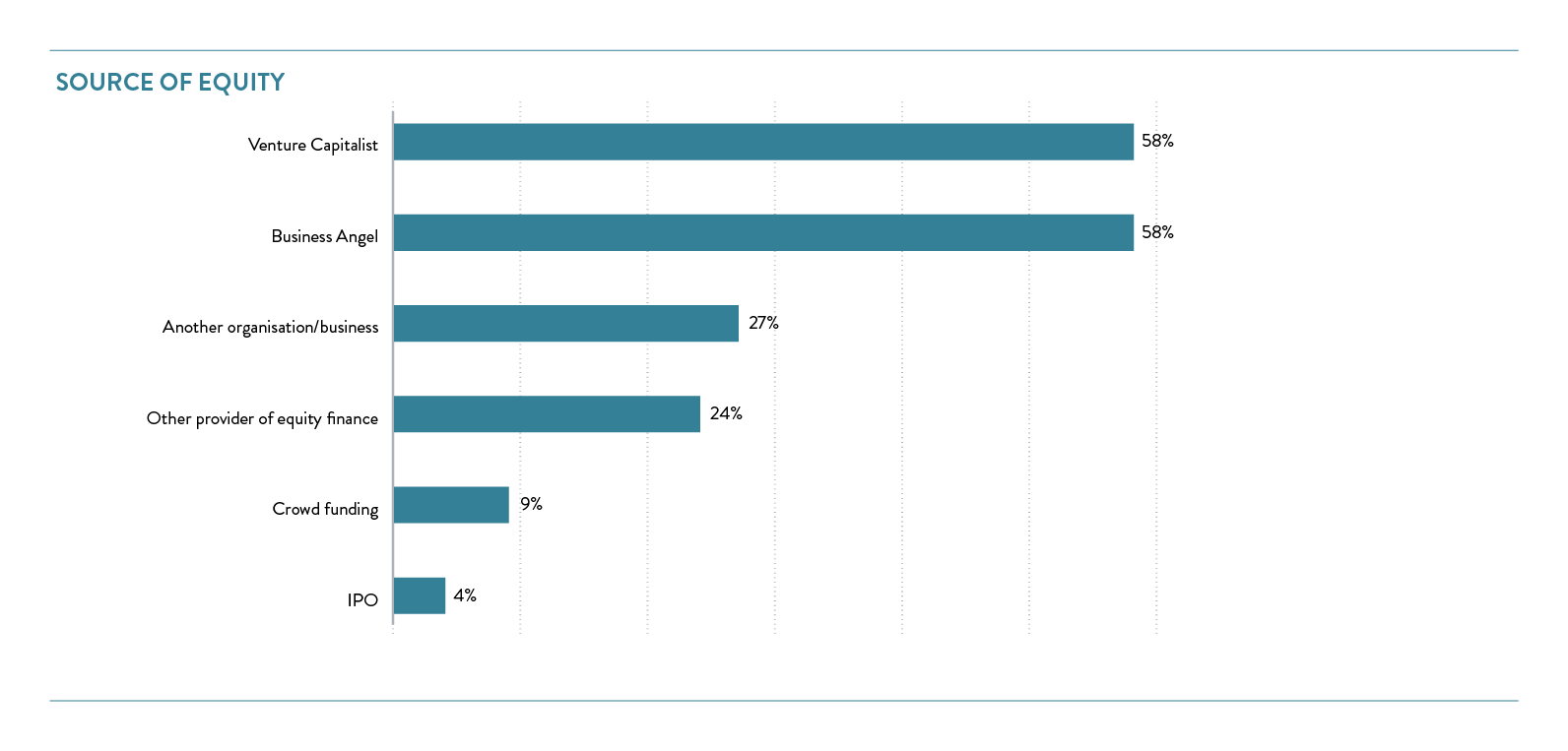
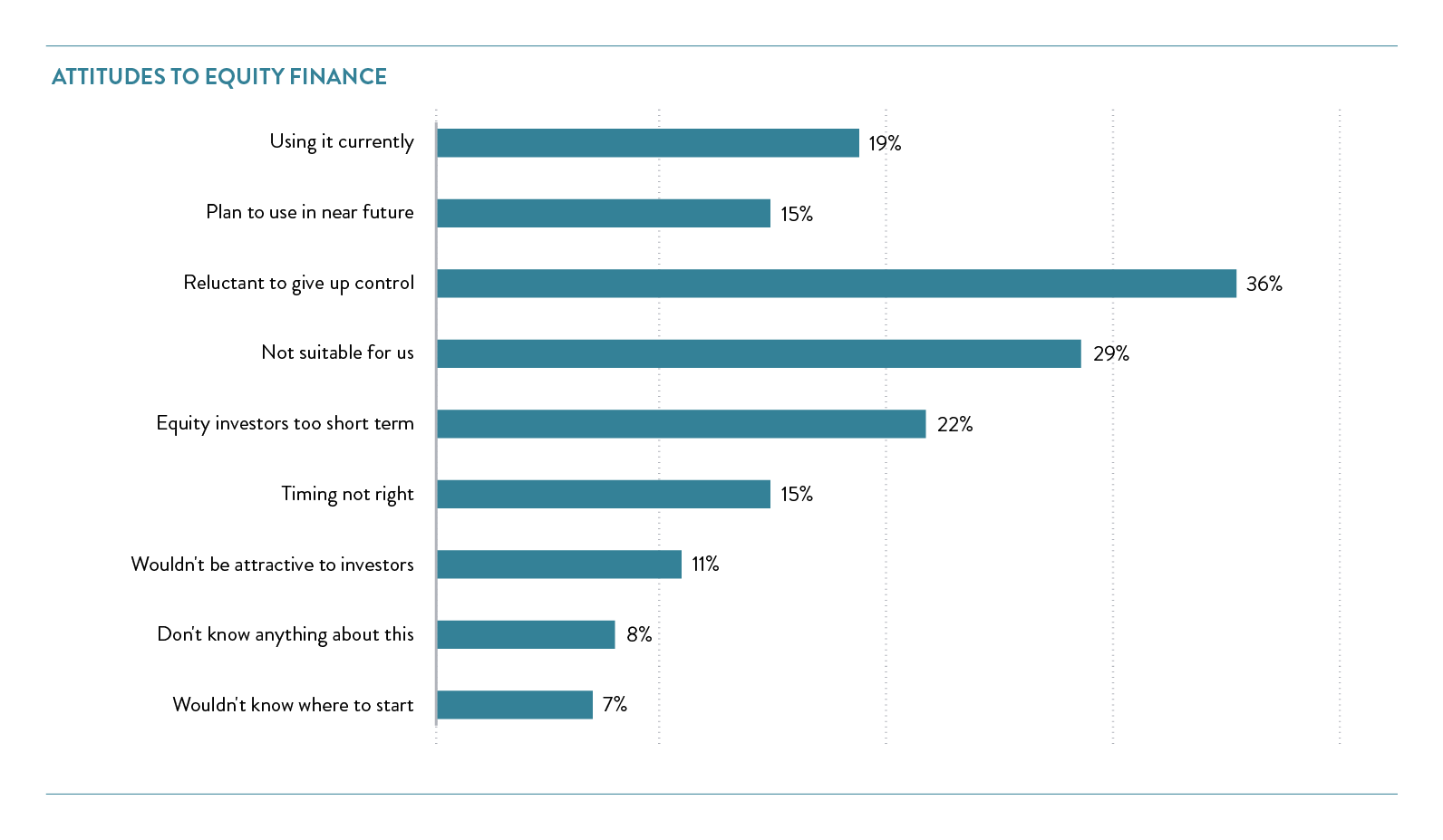
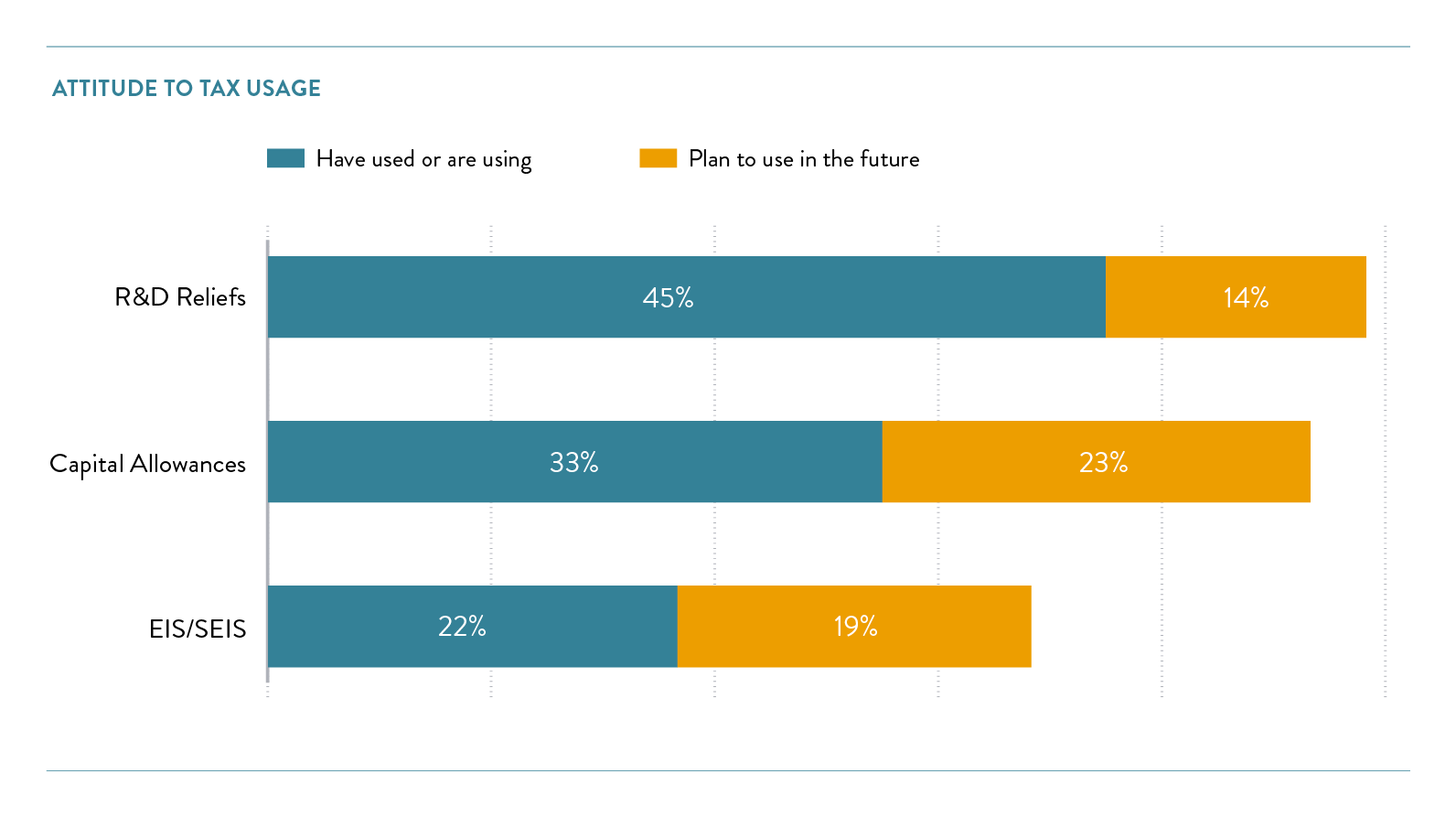
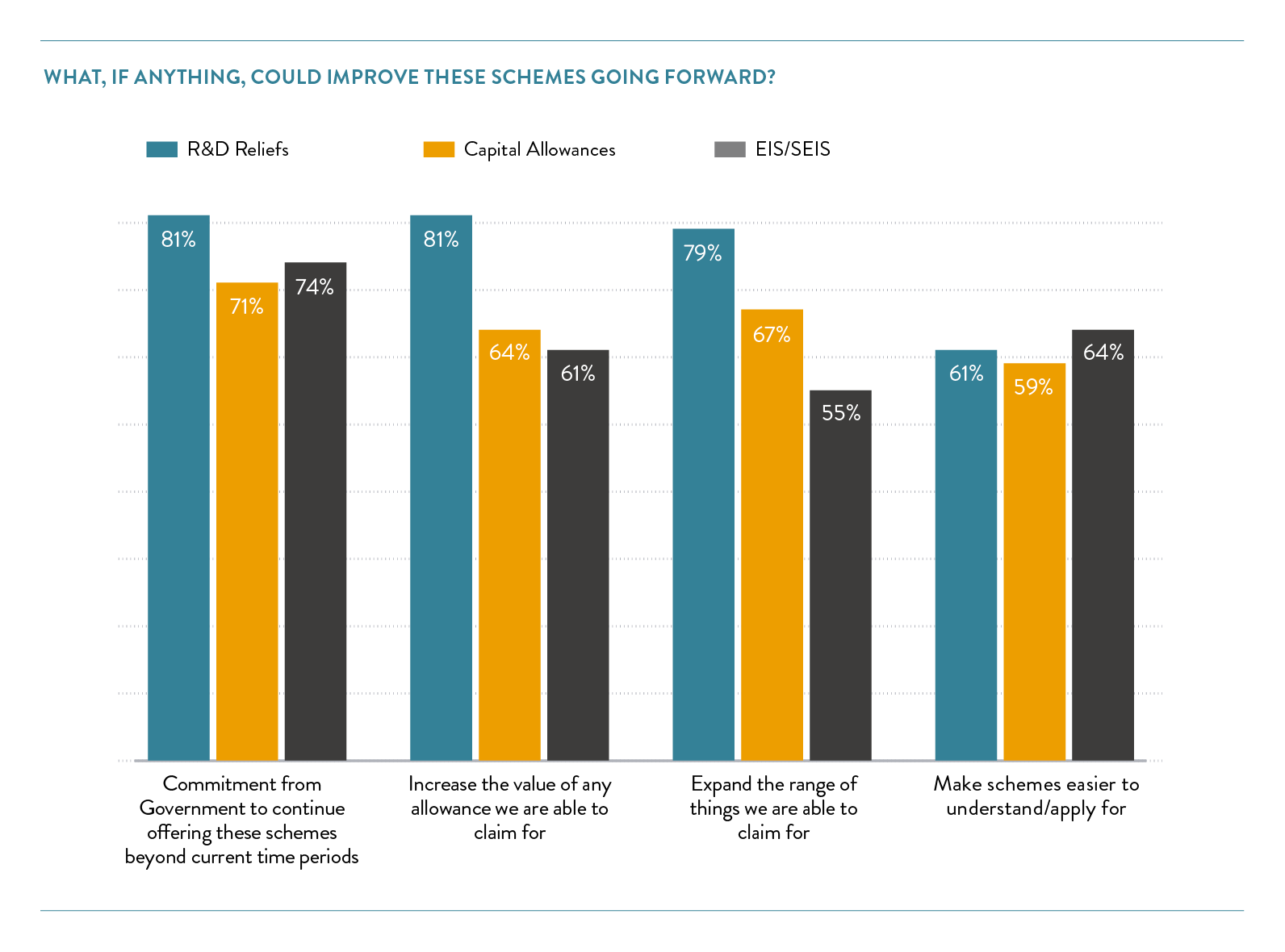
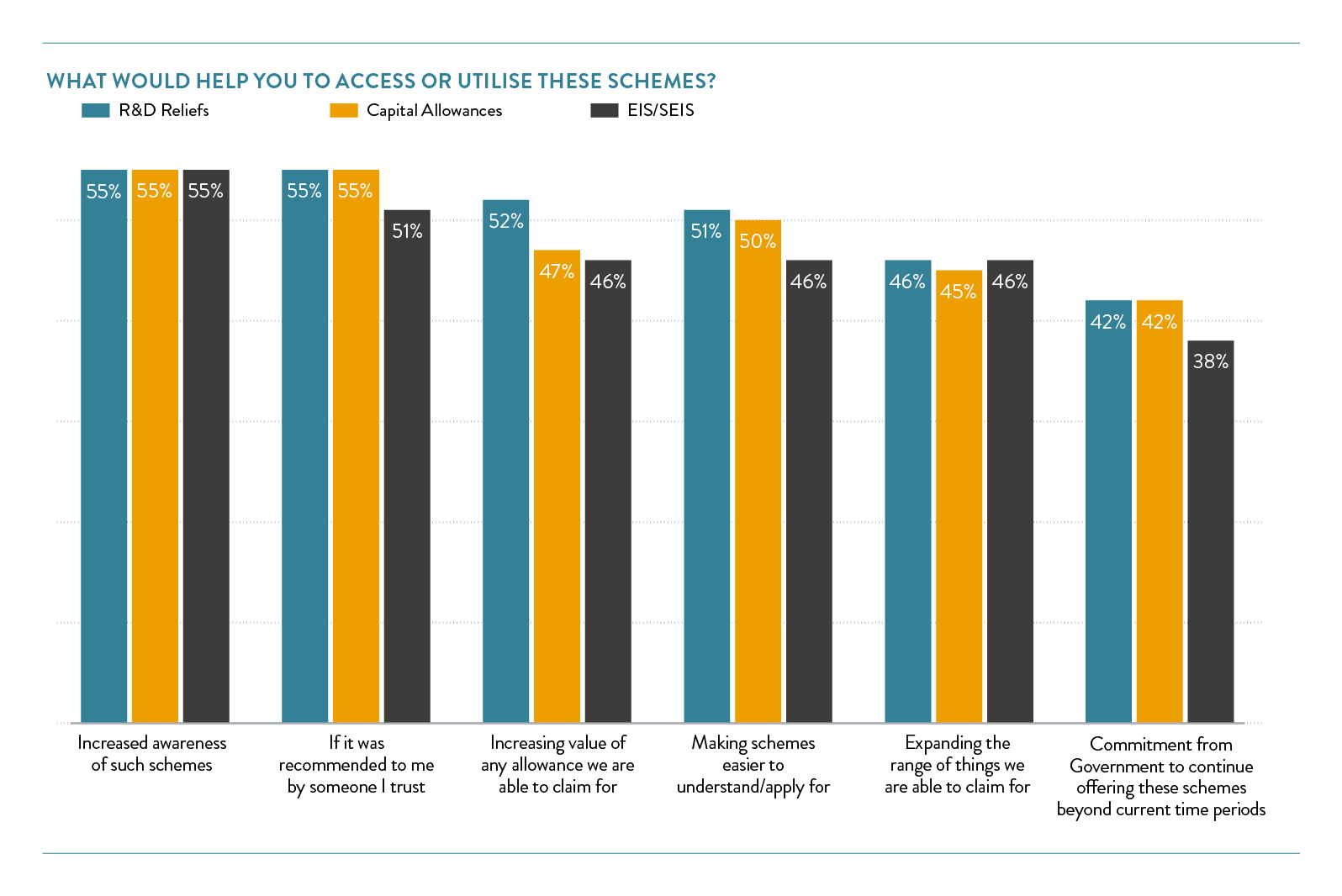
 Previous
Previous

Share